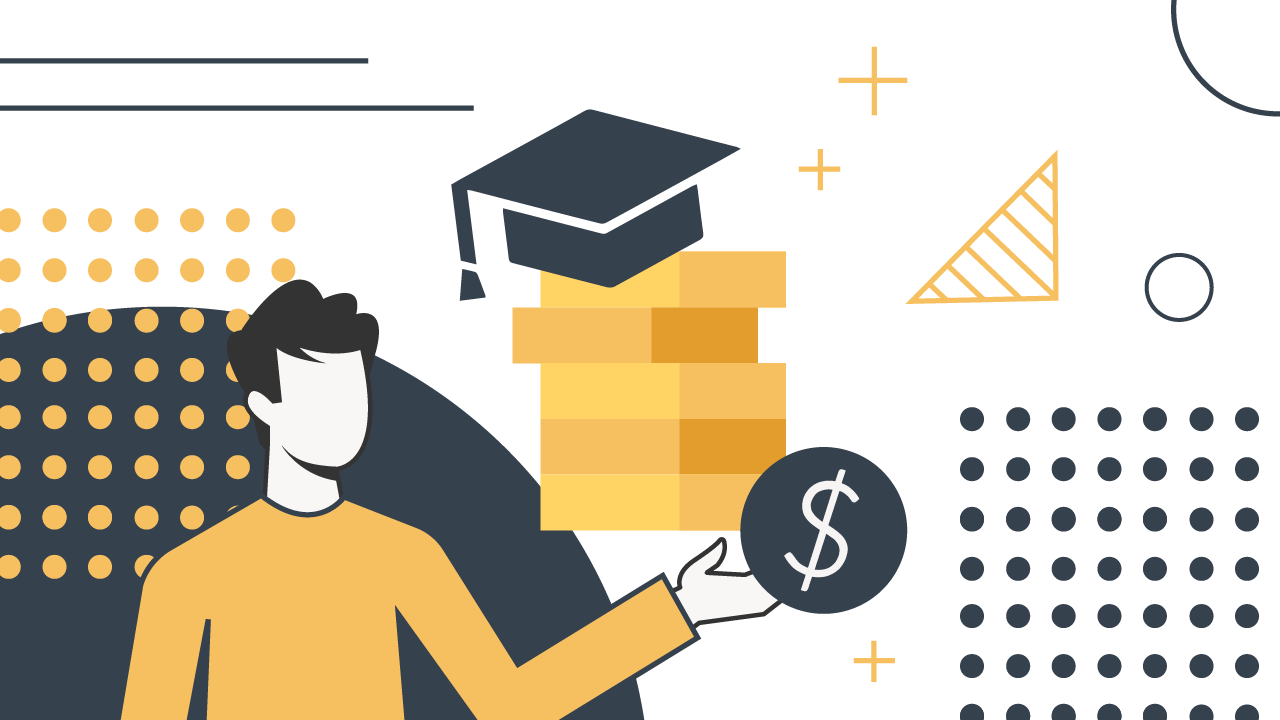
[ad_1]

- The Department of Education to email borrowers about potential debt relief.
- Borrowers have until August 30 to opt out of relief if desired.
- Proposed rules could provide relief to over 30 million borrowers.
The Biden Administration announced today a step forward in its effort to provide student loan forgiveness to tens of millions of borrowers this fall. Starting tomorrow, the U.S. Department of Education (ED) will begin emailing all borrowers with at least one outstanding federally held student loan to update them on potential relief measures and inform them of the option to opt out by August 30 if they do not wish to receive this relief.
The proposed rules, which are yet to be finalized, could provide student loan forgiveness for up to 30 million borrowers, including those previously approved for debt cancellation.
“Today, the Biden-Harris administration takes another step forward in our drive to deliver student debt relief to borrowers who’ve been failed by a broken system,” said U.S. Secretary of Education Miguel Cardona. “These latest steps will mark the next milestone in our efforts to help millions of borrowers who’ve been buried under a mountain of student loan interest, or who took on debt to pay for college programs that left them worse off financially, those who have been paying their loans for twenty or more years, and many others. The Biden-Harris Administration made a commitment to deliver student debt relief to as many borrowers as possible as quickly as possible, and today, as we near the end of a lengthy rulemaking process, we’re one step closer to keeping that promise.”
What Loan Forgiveness Options Will Be Available?
In April, the Administration released its first set of draft rules proposing the authorization of the Secretary of Education to grant student debt relief to millions of borrowers across the country. These proposed rules aim to provide partial or full debt relief for several groups of borrowers, including:
- Borrowers who owe more now than at the start of repayment: This group includes nearly 23 million borrowers whose loan balances have increased due to interest accrual, the majority of whom are Pell Grant recipients.
- Borrowers who have been in repayment for decades: Borrowers with undergraduate loans in repayment for more than 20 years (since before July 1, 2005) and those with graduate loans in repayment for over 25 years (since before July 1, 2000) would be eligible.
- Borrowers eligible for forgiveness but not enrolled in income-driven repayment (IDR) plans: This includes those who qualify for immediate forgiveness under IDR plans or other forgiveness programs but have not yet applied.
- Borrowers who attended low-financial value programs: Relief would also extend to those who attended institutions that failed to provide sufficient financial value or accountability.
The Department expects that these forms of relief will be provided automatically to eligible borrowers, without requiring any action from them. However, borrowers who prefer to opt out of this relief must contact their servicer by August 30, 2024. Opting out is a final decision and will temporarily exclude borrowers from other forgiveness benefits until their eligibility can be reassessed.
Complications
These proposals aren’t guaranteed. While the Department of Education will send an email and opt-out instructions in August, it’s likely these new programs will be faced with legal challenges. The end result is potentially more borrower confusion due to mixed messages.
Currently, the Biden Administration SAVE Plan is paused due to court challenges and that has led to a bit of chaos for borrowers.
Furthermore, if the proposals do pass, it’s likely some borrowers may face taxes on the state level. It could also impact state-related benefits, as the taxability of loan forgiveness increases income. See this guide to state taxes and loan forgiveness.
Next Steps
The Biden Administration will begin notifying borrowers as early as August 1, 2024 with the potential forgiveness proposals and ways to opt out.
Borrowers are encouraged NOT to contact their loan servicer unless they are opting out. Loan servicers like Aidvantage cannot tell you want the final rules will be, or when or how they will be available.
If borrowers do choose to opt out, it’s important to remember that this is a final decision and it could lead to missing loan forgiveness opportunities.
Don’t Miss These Other Stories:
[ad_2]